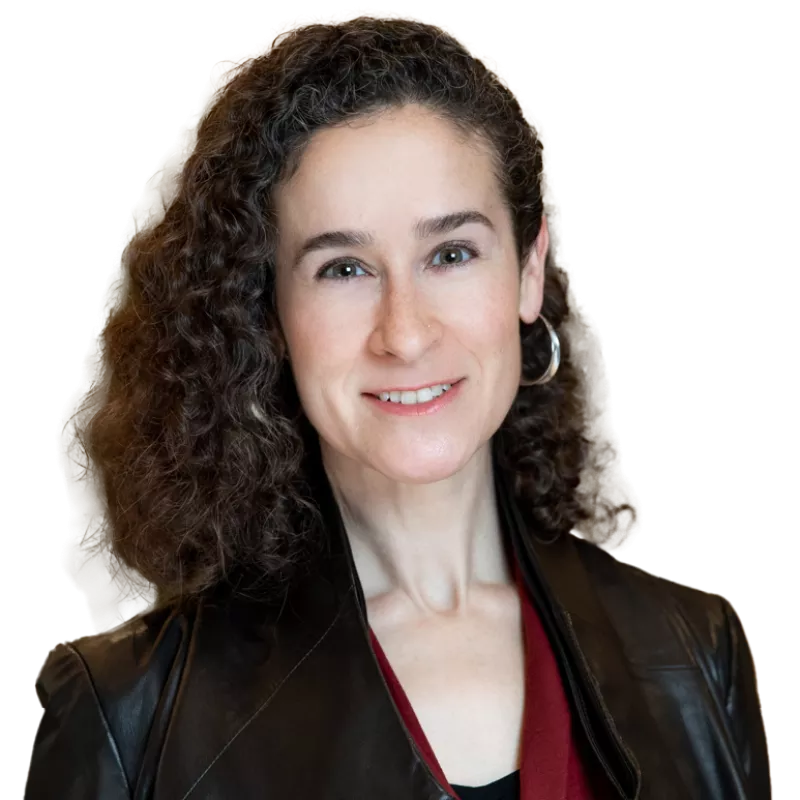RE+ 2024: Let’s talk about how AI is transforming the power grid and our energy future
The transformation is underway. Artificial intelligence (AI) is poised to change the way electricity is produced, delivered and consumed by homes and businesses across the country. This trend will only accelerate in the next few years, and we must ensure that the application of AI capabilities to grid challenges delivers clear business and customer value.
As a grid operator, a leading clean energy developer and continuous innovator, AES is broadly tackling the complex challenges of grid modernization and scaling renewables. Working with our industry partners, we’re developing and implementing AI-driven applications to improve grid efficiency, reliability, flexibility and resilience. We’re also using AI to accelerate deployment and integration of renewable energy resources, while finding innovative opportunities to engage and deliver new value for energy consumers.
RE+ is where to connect
This is why I’m excited to participate in RE+ 2024 in Anaheim, September 9-12. I’m joining industry colleagues on multiple panels to share what we’re doing with AI at AES and the journey to a digital grid. I will touch on the value of data, computing and AI, and enhanced coordination technologies to make the grid more visible and enable increasingly nuanced decision making, including delegation of specific tasks to computers.
Information you can apply today and tomorrow
My insights will also be actionable. I will highlight several AES innovations that use AI to make the current opportunity for our industry concrete. These include:
- Risk-based maintenance for our utilities through vegetation management and for our renewables business through anomaly and trend detection in asset performance.
- Visibility tools to assist human-in-the-loop decision making, such as dynamic line rating for dynamic calculation of transmission line carrying capacity and a predictive analytics tool for renewable energy generation forecasting to support market decisions.
- Decarbonization accelerators like applications for managed EV charging and our new AI-enabled Maximo robot, which works alongside solar construction crews to make solar deployment faster, safer and more cost-effective.
Early value leading to scale transformation
The tangible value of these early AI deployments is just scratching the surface of AI’s potential. AI will play an evolving role in planning and operating a digital grid that is affordable, reliable, resilient and provides the flexibility to accommodate steadily growing numbers of distributed renewable energy resources and changing customer needs.
In this more fully evolved role, AI will enable the intelligent orchestration and coordination of millions of digital energy assets – from heat pumps and EVs to utility-scale energy storage and solar – enabling optimization of the grid. This is a compelling outcome for all grid participants and certainly worth accelerating!
Data quality drives quality of AI
As with any new technology that causes change, the opportunities for AI to modernize the grid also come with challenges. Most of us are getting familiar with Generative AI, which takes data and prompts to create content, like text or images. However, grid transformation will come from Predictive AI, which uses machine learning (ML) techniques to analyze huge data sets to identify patterns and eventually forecast likely operational decisions through modeling countless scenarios each day.
Predictive AI puts a premium on data quality. Accurate and abundant data ensures that AI can learn and perform as expected to deliver high-quality insights that will provide the basis for high-stakes investment and operational decisions.
All-together industry effort
Finally, it is important to recognize that updating the grid to make use of modern digital capabilities, including AI, is bigger than any one company or technology platform. That’s why AES partners with entities like AI Fund, a venture studio for AI-based companies. AES and AI Fund companies will build AI-driven solutions that benefit customers and improve sustainability and resilience across the industry. The co-build collaboration model will address technology bottlenecks in the energy transition, with an initial focus on renewables and battery energy storage, worksite safety and community impact.
There’s a lot to talk about at RE+ and how AI can help us achieve shared outcomes. I hope you’ll mark your calendar and join the conversation for what I’m confident will be two very lively and informative sessions at the Anaheim Convention Center:
- Will AI Save the Grid? Tuesday, September 10, 11:00 AM., 209AB, Level 2
- TechTalk: The Digital, GRIDGITAL, Grid: Leveraging Software and AI for Next-Generation Grid Modernization Wednesday, September 11, 9:30 AM, 211AB, Level 2
I hope to see you there!
